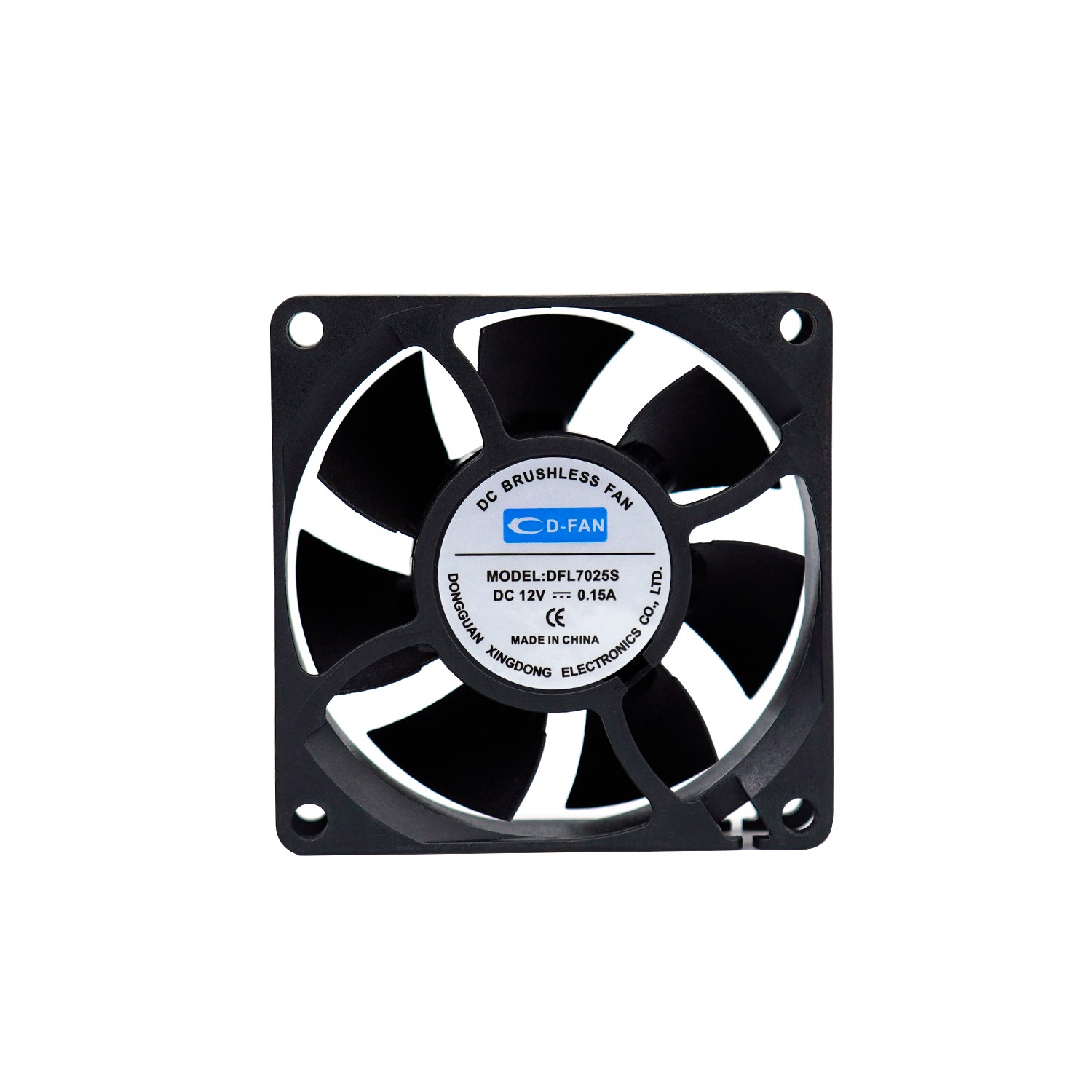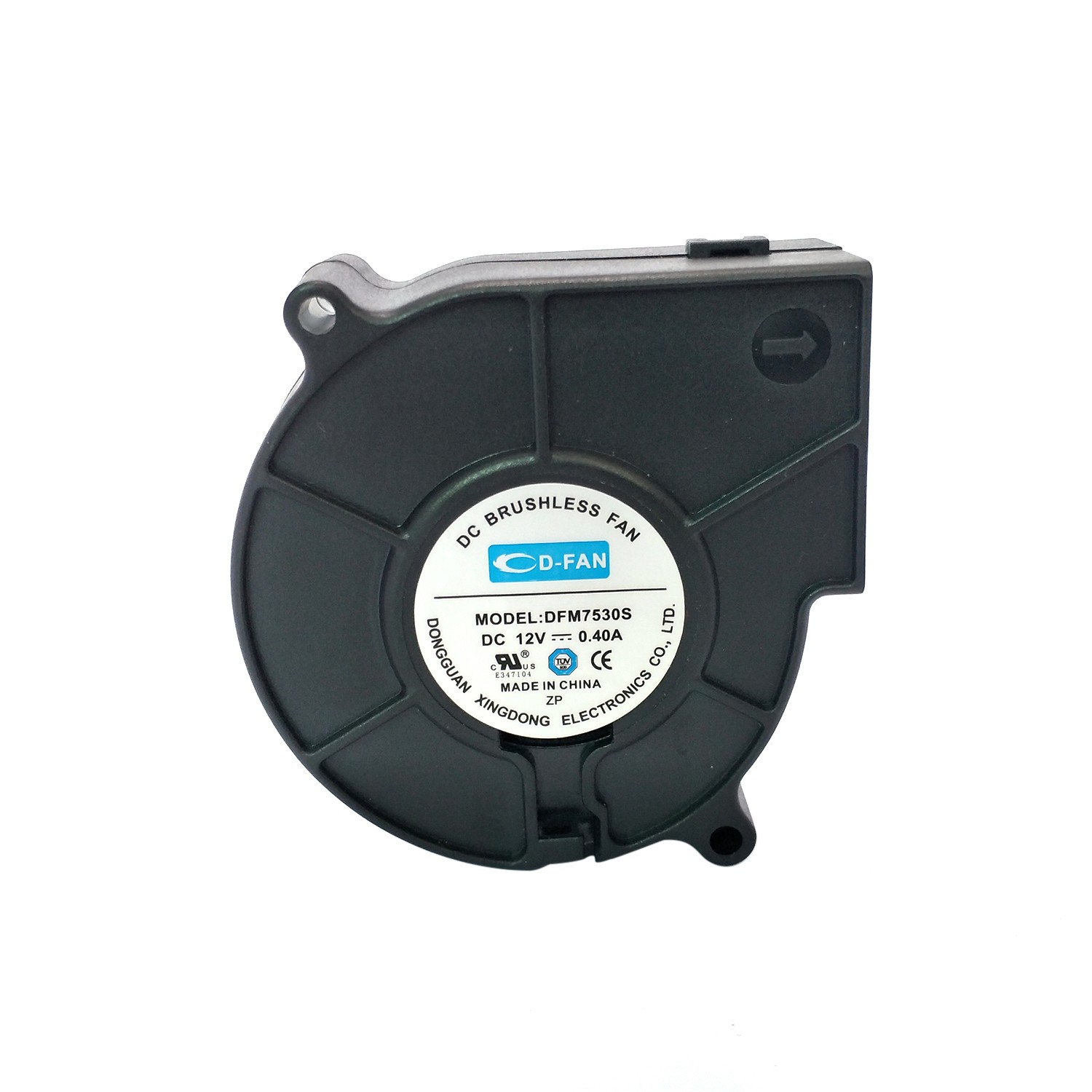Cooling systems play a vital role in various applications, ensuring optimal performance and preventing damage due to excessive heat. Among the many types of cooling systems available, brushless fans have gained significant popularity. In this article, we will delve into the intricate workings of brushless fans, exploring their components, working principles, advantages, applications, maintenance tips, and future trends.
Components of a brushless fan
A brushless fan consists of several key components that work in harmony to provide efficient and reliable cooling. The primary components include the rotor and stator, permanent magnets, Hall effect sensors, printed circuit board (PCB), and motor controller. Each component has a specific function in the overall operation of the fan.
Working principle of a brushless fan
The operation of a brushless fan revolves around the process of commutation. Hall effect sensors are strategically positioned to detect the position of the rotor. Based on the signals received from the sensors, the motor controller energizes the stator coils in a precise sequence. This energization creates alternating magnetic fields, both from the permanent magnets and the stator coils. The interaction between these magnetic fields causes the rotor to rotate continuously, providing the necessary airflow for cooling.
Advantages of brushless fans
Brushless fans offer several advantages compared to their traditional counterparts. Firstly, they exhibit improved efficiency, thanks to the elimination of brushes and the use of permanent magnets. This efficiency translates into reduced power consumption and, subsequently, lower energy costs. Additionally, brushless fans operate with significantly reduced noise levels, providing a quieter and more comfortable environment. Their design also contributes to a longer lifespan, making them a cost-effective choice in the long run. Furthermore, brushless fans offer enhanced control options, allowing for precise adjustments in fan speed and airflow.
Applications of brushless fans
Brushless fans find applications in various industries and sectors. In personal computers (PCs), they play a crucial role in cooling the central processing unit (CPU) and other components, ensuring stable performance even under heavy workloads. Electronics cooling is another critical area where brushless fans excel, effectively dissipating heat from circuit boards, power supplies, and other electronic devices. In the automotive industry, brushless fans contribute to efficient cooling of vehicle engines and radiators. HVAC systems, industrial equipment, and renewable energy systems also rely on brushless fans for effective heat management.
Maintenance and troubleshooting tips
To ensure the longevity and optimal performance of brushless fans, regular maintenance is essential. Some key maintenance tasks include cleaning the fan blades to remove dust and debris, inspecting the motor controller and PCB for any signs of damage, checking for loose connections, and lubricating fan bearings if applicable. It is equally important to identify and address any abnormal noise or vibrations, as they may indicate underlying issues that require attention.
Future trends and innovations in brushless fan technology
The field of brushless fan technology continues to evolve, with ongoing advancements and innovative developments. One notable trend is the rise of smart and connected fans, integrating features like remote control, automation, and integration with smart home systems. Advanced sensors are also being incorporated into brushless fans, enabling real-time monitoring of temperature and airflow for precise cooling control. Energy efficiency remains a focus, with manufacturers constantly striving to enhance the performance of brushless fans while minimizing power consumption. Finally, techniques to further reduce operational noise and vibrations are being explored, ensuring a quieter and more pleasant user experience.
Conclusion
In conclusion, brushless fans offer an efficient and reliable solution for cooling various devices and systems. Their intricate working principle, combined with advantages such as improved efficiency, reduced noise levels, and longer lifespan, make them a preferred choice across multiple industries. As technology advances, we can expect to witness further innovations and refinements in brushless fan design, providing even more efficient and intelligent cooling solutions. So, the next time you experience the cooling breeze of a brushless fan, take a moment to appreciate the complex mechanisms at play behind its operation.
<
p style=”margin: 0 auto 10px;text-align: center;border-bottom: 1px solid #dedede;padding-bottom: 10px;font-size: 20px;”>Related Products








